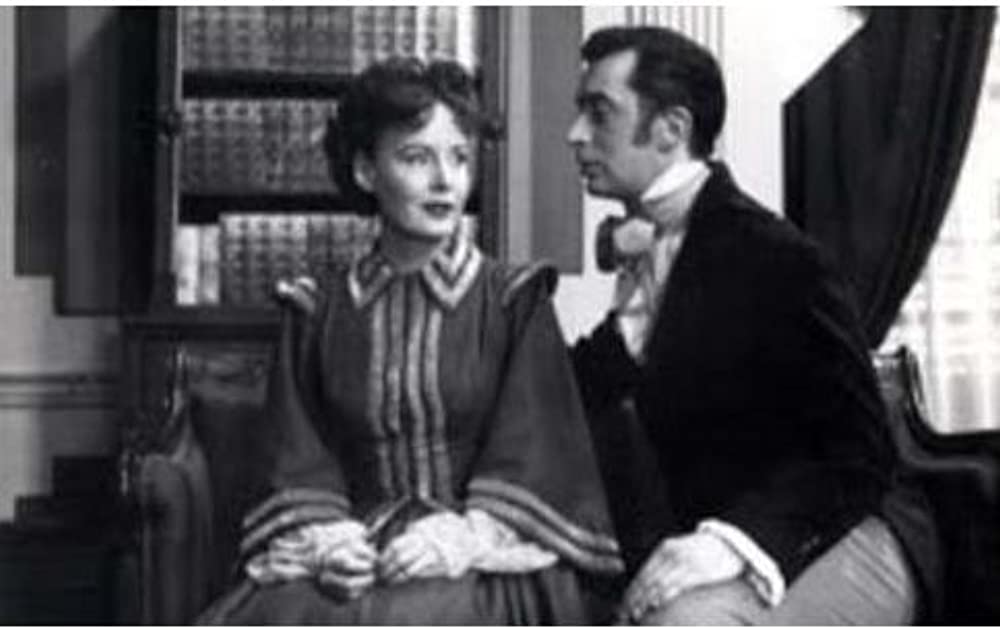This past week, January 28, was the anniversary of the publication of Jane Austen’s Pride and Prejudice in 1813. So happy 209th birthday!
It’s a beloved book of many readers and it made me wonder how many times it has been adapted onto the small and large screens. I’ll watch any version that I stumble upon… which means I’ve seen some real corkers (sorry, Unleashing Mr. Darcy).
What follows is perhaps a definitive list, with a few extras that some call adaptations but I think merely borrow the names or weave in the characters or themes from Pride and Prejudice. For the sake of brevity, I’ll list the title, year, screen, and actors who played Mr. Darcy and Elizabeth. If possible, I’ll include a graphic or, if we’re especially fortunate, a clip.
I’ve likely missed a few, or even quite possibly blocked some I’ve seen from my memory out of sheer survival instinct. Feel free to add to the list in the comments!
Talesman
As, I tell you my Tale, and my Talesman, or Author.
The (mostly, they thought) Direct Adaptations
Pride and Prejudice, 1938, television movie, Andrew Osborn and Curwigen Lewis

Pride and Prejudice, 1940, movie, Sir Laurence Olivier and Greer Garson
Pride and Prejudice, 1949, episode from NBC television series The Philco-Goodyear Television Playhouse, John Baragrey and Madge Evans

Pride and Prejudice, 1952, television miniseries, Peter Cushing and Daphne Slater (Grand Moff Tarkin as Mr. Darcy?!)

Pride and Prejudice, 1958, television series, Alan Badel and Jane Downs

Pride and Prejudice, 1967, television series, Lewis Fiander and Celia Bannerman
Pride and Prejudice, 1980, BBC miniseries, David Rintoul and Elizabeth Garvie
Pride and Prejudice, 1995, television miniseries, Colin Firth and Jennifer Ehle
Furst Impressions, 1996, episode from the PBS television series Wishbone, Larry Brantley (Wishbone, as Darcy) and Dee Hennigan
Bridget Jones’s Diary, 2001, movie, Colin Firth and Renée Zellweger
Pride and Prejudice: A Latter-Day Comedy, 2004, movie, Orlando Seale and Kam Heskin
Bride and Prejudice, 2004, movie, Martin Henderson and Aishwarya Rai Bachchan
Pride and Prejudice, 2005, movie, Matthew Macfadyen and Keira Knightley
Lost in Austen, 2008, television miniseries, Elliot Cowan and Jemima Rooper
The Lizzie Bennet Diaries, 2012-13, YouTube, Daniel Vincent Gordh and Ashley Clements
Austenland, 2013, movie, JJ Feild and Keri Russell
Unleashing Mr. Darcy, 2016, television movie, Ryan Paevey and Cindy Busby
Pride and Prejudice and Zombies, 2016, movie, Sam Riley and Lily James
Pride and Prejudice: Atlanta, 2019, movie, Juan Antonio and Tiffany Hines
Long live Pride and Prejudice adaptations!
- Slang term taken from Cant: A Gentleman’s Guide.









You must be logged in to post a comment.